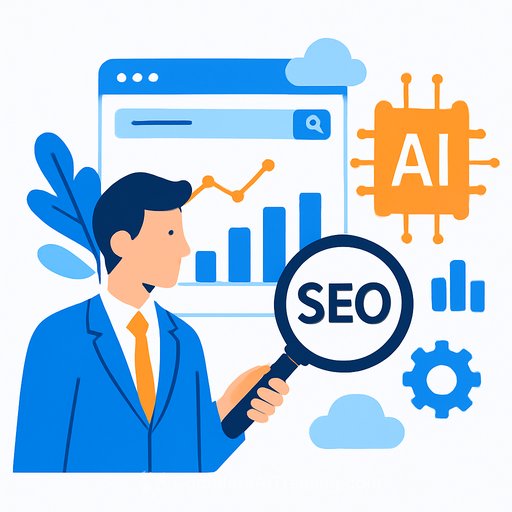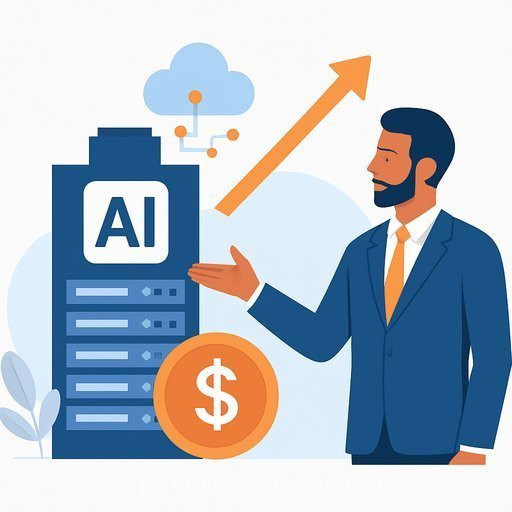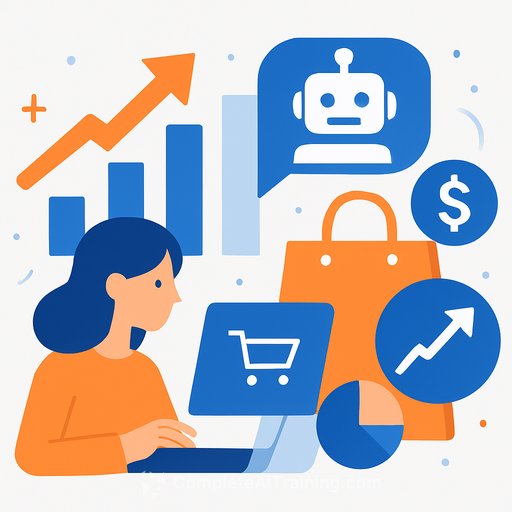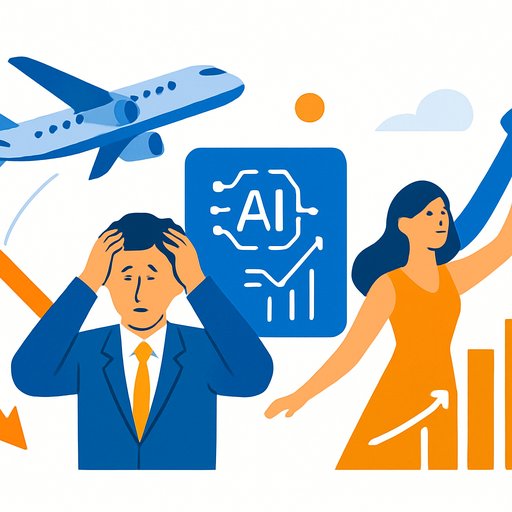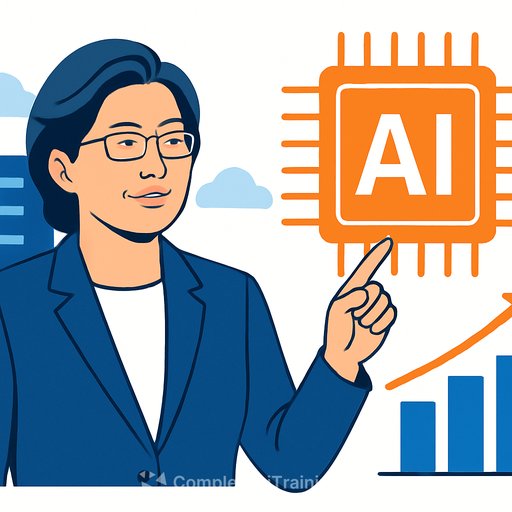The new SEO sales tactic: Selling the AI dream
AI is everywhere in sales decks. Promises look big, timelines look short, and the price tag feels "worth it" because nobody wants to miss the next wave.
AI search demand is real. So is the spin. If you sell or buy SEO, you need a filter for the hype and a simple way to judge what will move pipeline, not vanity graphs.
AI search demand is real - but so is the spin
Google is blending AI into results, and buyers are using AI tools to research. That shifts how content gets discovered, summarized, and cited.
But most rules that produced revenue from search still apply: useful content, clean tech, strong brand signals, and clear offers. AI changes the surface. Fundamentals drive the close.
Google's guidance on helpful content hasn't changed its core message. Serve people first. Machines follow.
The AI SEO pitch: What you're hearing in sales calls
- "We rank in AI Overviews." Translation: they're experimenting. Good. But AI answers are volatile and hard to attribute.
- "We use proprietary AI." Often a prompt library + off-the-shelf models. Ask for the workflow, not the buzzwords.
- "100 posts a month with AI." Volume without distribution, editing, and links turns into index bloat.
- "Guaranteed placements." No one can guarantee AI surfaces. If they do, it's a red flag.
Understanding the rebranding trend
Agencies are renaming old services with AI labels. Content ops became "AI content engines." Technical SEO became "algorithmic discovery."
Rebrands aren't bad if the delivery is better. Look for faster research cycles, better briefs, stronger editing, cleaner structure, and tighter measurement. If those aren't there, it's just new paint.
Where real differences exist (and why fundamentals still matter)
- Data access: First-party analytics, CRM tie-ins, and event tracking that connect content to revenue.
- Content quality: Expert input, clear POV, and lean editing beats auto-generated fluff.
- Information architecture: Topic clusters, internal links, and schema help both AI and search crawlers.
- Technical health: Crawlability, speed, and clean markup still set the ceiling.
AI can speed these up. It doesn't replace them.
The risk of chasing platform-specific tactics
Building a plan around one feature (like a specific AI answer box) is fragile. Interfaces change. Models shift sources. You can't forecast it.
Build assets that survive platform swings: brand mentions, references, expert content people cite, and pages that convert off any traffic source.
If you're curious about AI Overviews, treat it like an experiment, not a forecast. Google's AI Overviews documentation makes it clear things move.
Where AI genuinely helps
- Research: Topic mapping, intent clustering, competitor gap analysis.
- Brief creation: Outlines, questions to answer, examples to include.
- Content ops: First drafts for low-risk pages, style checks, summaries of expert interviews.
- Structured data: Drafting schema and catching markup errors.
- Internal linking: Suggestions based on topical proximity.
- QA: Fact checks, tone alignment, and deduplication flags.
Best practice: human-in-the-loop. AI speeds the grunt work. Humans set strategy, voice, and accuracy.
What to watch for when evaluating services
- Attribution: Can they map content to pipeline, influenced revenue, and payback period?
- Editorial standards: Who edits? What's the SME review process? How is accuracy verified?
- Data stack: Reporting that blends Search Console, analytics, and CRM. Clear definitions for lead quality.
- Experiment design: Hypotheses, control groups, and pre-set success thresholds.
- Ops maturity: Brief templates, content calendars, QA checklists, and SLA for updates.
- Risk controls: Plagiarism checks, source citations, and policy on AI disclosure.
Questions to ask instead
- What outcomes did you drive for a company with our sales cycle and ACV? Show the dashboard, not a slide.
- How do you measure content quality before it publishes? Who signs off?
- What percent of your content is AI-assisted vs. AI-generated vs. human-written, and why?
- How do you prioritize topics by revenue potential, not just search volume?
- What's your plan if AI Overviews remove our snippets next quarter?
- How will you integrate with our CRM to report influenced pipeline?
- Walk me through a failed test. What changed after?
What actually drives long-term success
- ICP clarity: Pain-first topics, "how we do it" content, and pricing transparency.
- Authority signals: Expert quotes, original data, and distribution that earns mentions.
- Offer alignment: Clear CTAs, fast paths to demo/trial, and trust elements on-page.
- Maintenance: Content updates, link reclamation, and pruning dead weight.
- Mix: Search, email, social, and partner content so one algorithm shift doesn't stall pipeline.
What sustainable SEO looks like in the AI era
Build a repeatable system, not a one-off campaign.
- Roadmap: 90-day sprints with a balance of quick wins and compounding assets.
- Content engine: Briefs, SME interviews, AI-assisted drafting, human edits, and QA gates.
- Technical baseline: Clean architecture, structured data, and performance hygiene.
- Distribution: Repurpose into email, social, sales enablement, and partner channels.
- Measurement: Track revenue per page, influenced pipeline, SQL rate, CAC payback.
If your team needs practical skills to implement this, consider structured training that covers prompts, workflows, and measurement. See AI courses by job for programs that sales and marketing teams can apply immediately.
Bottom line for sales leaders
Don't buy "AI SEO." Buy
Your membership also unlocks:

